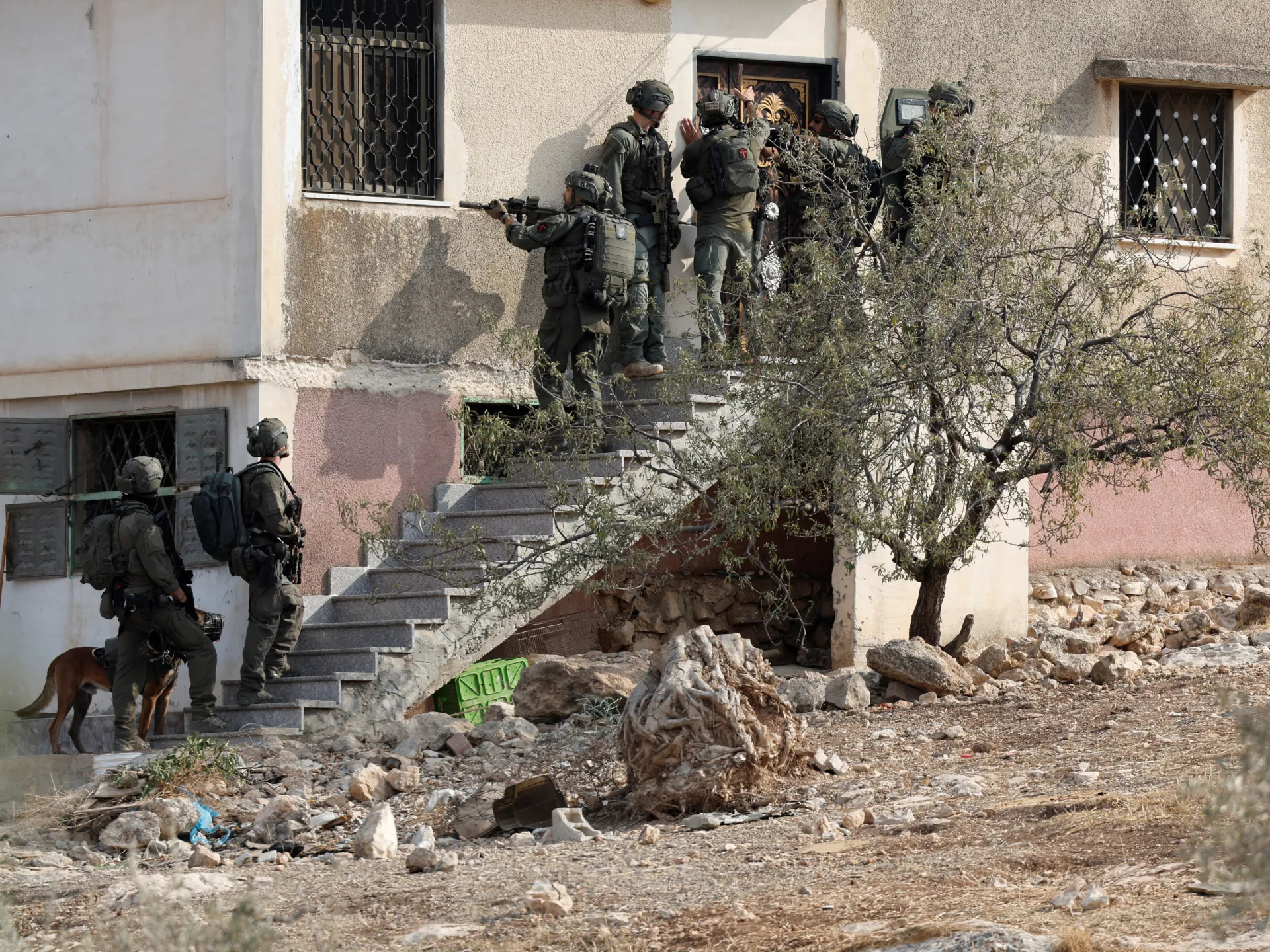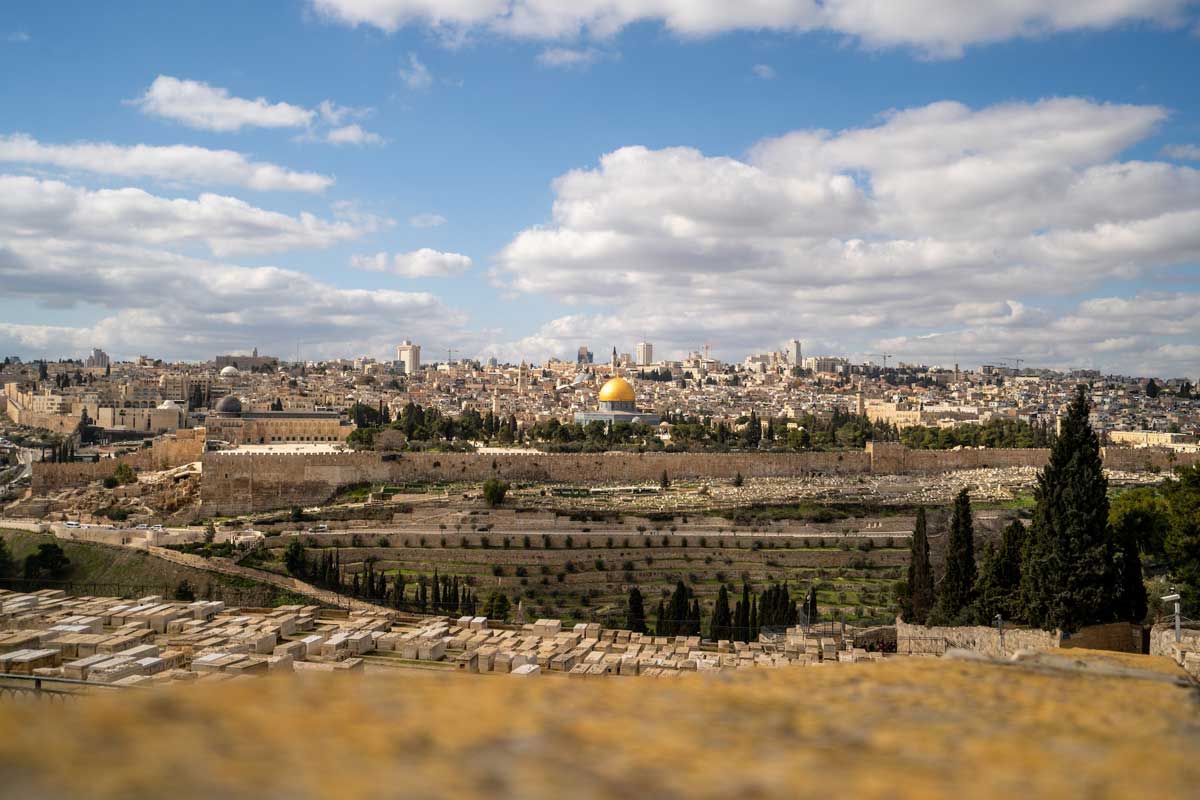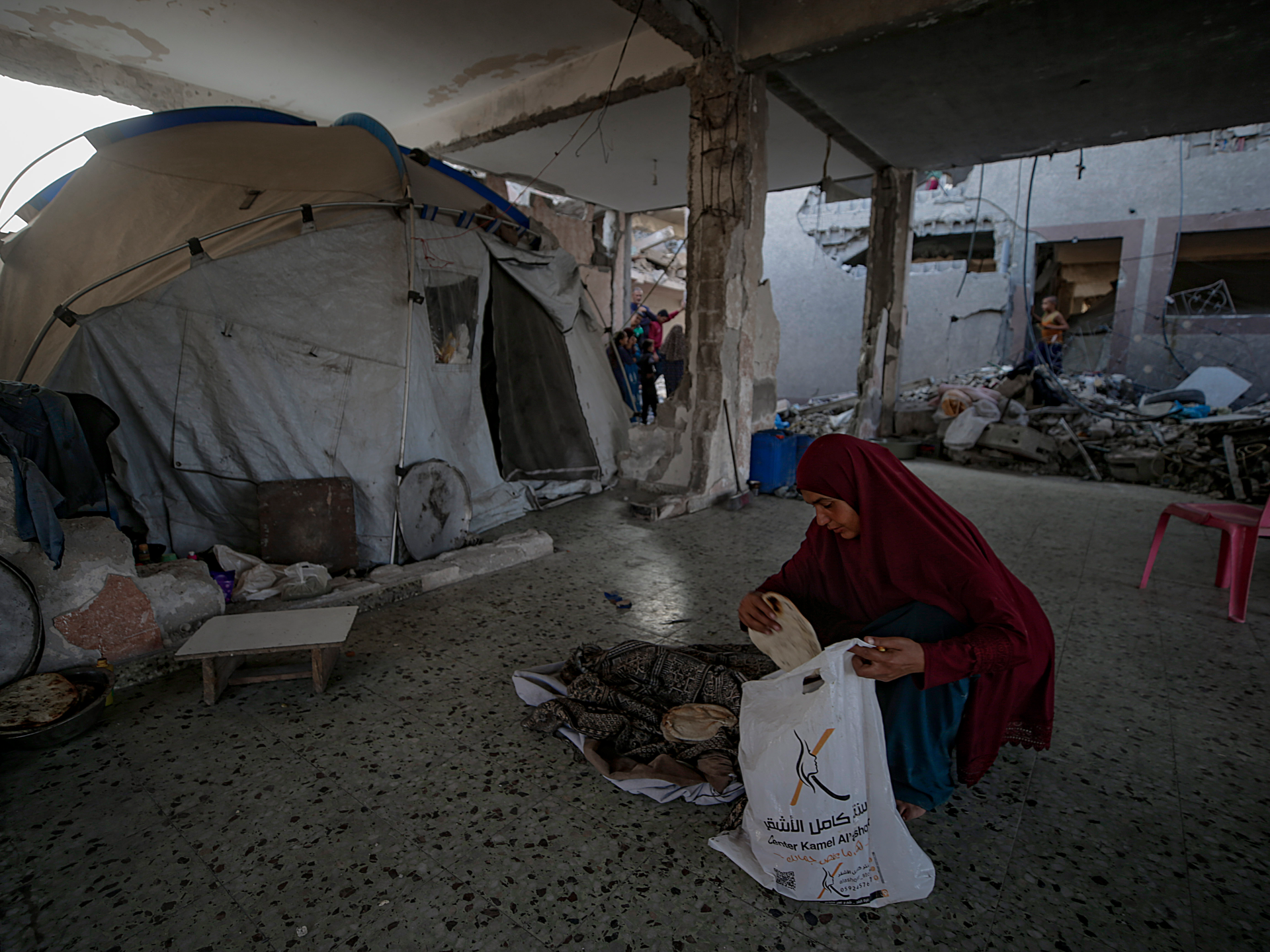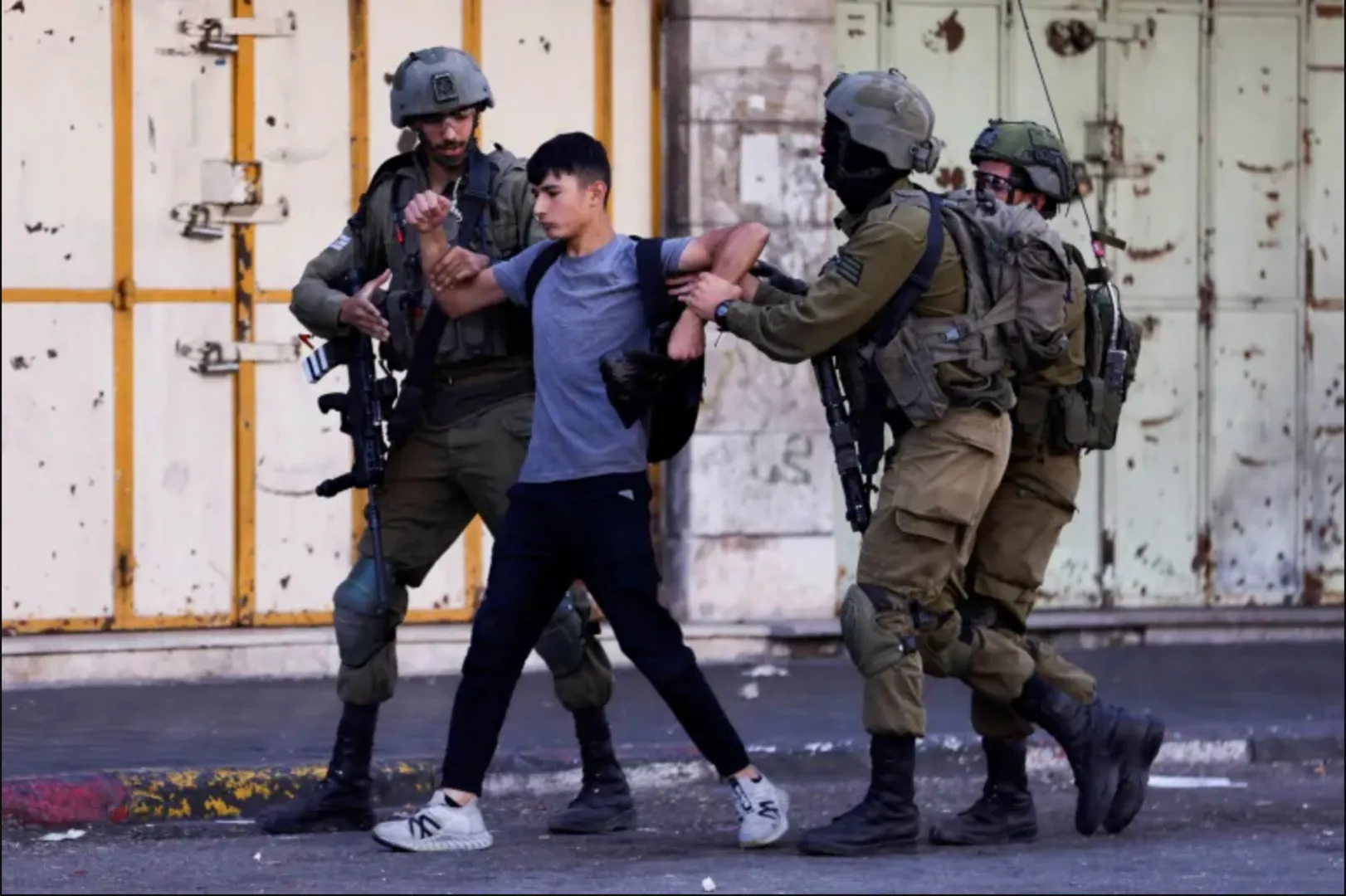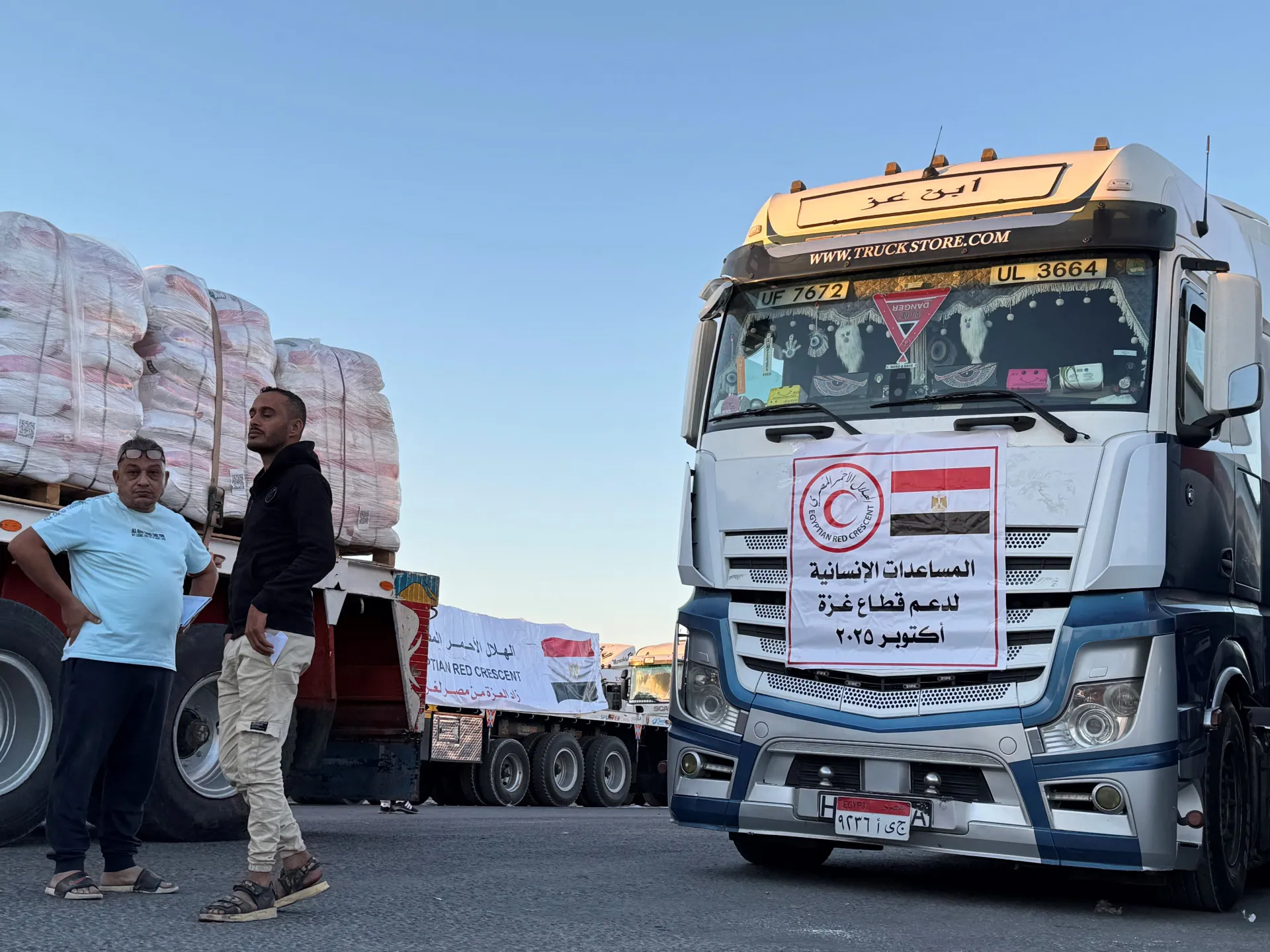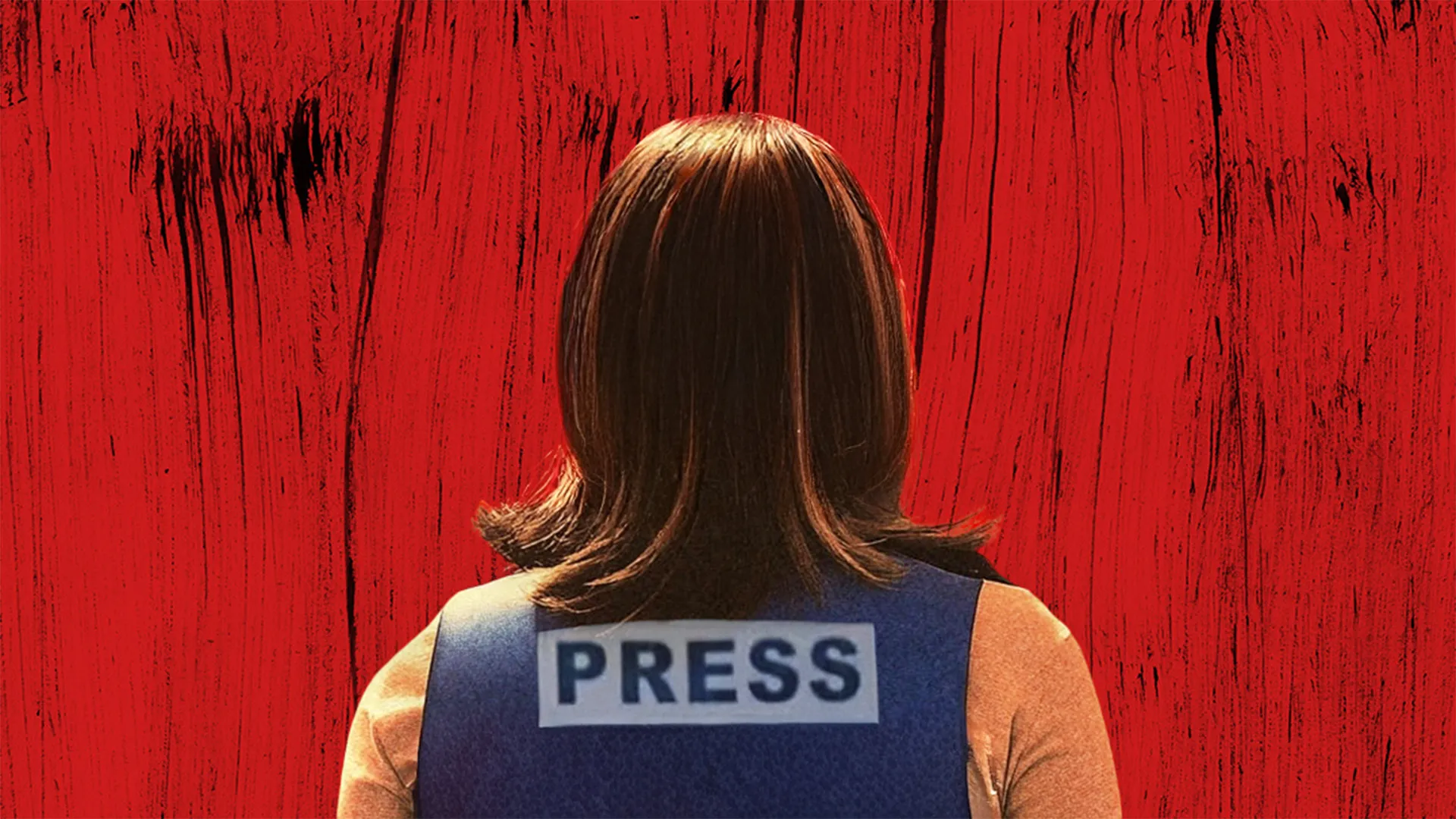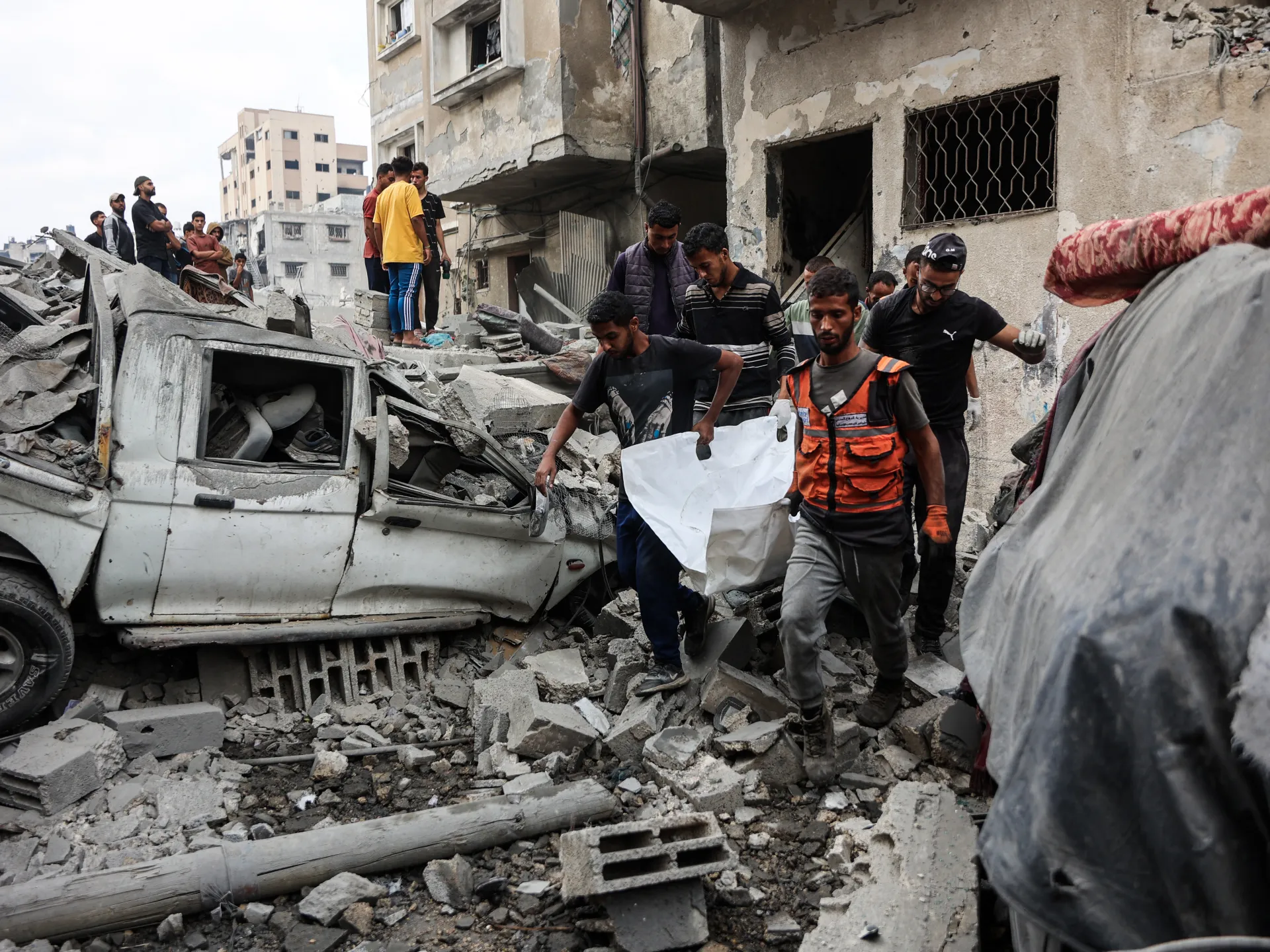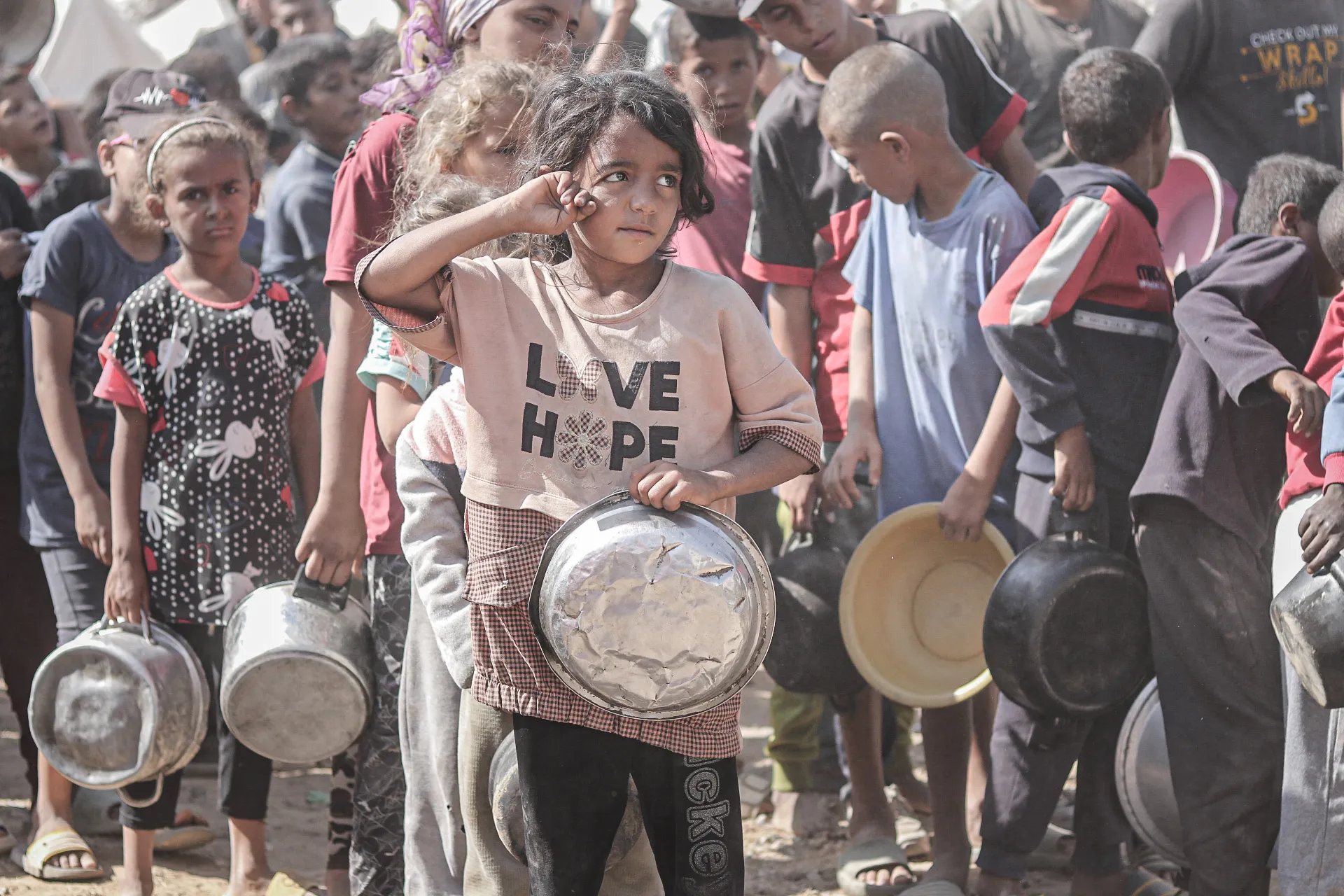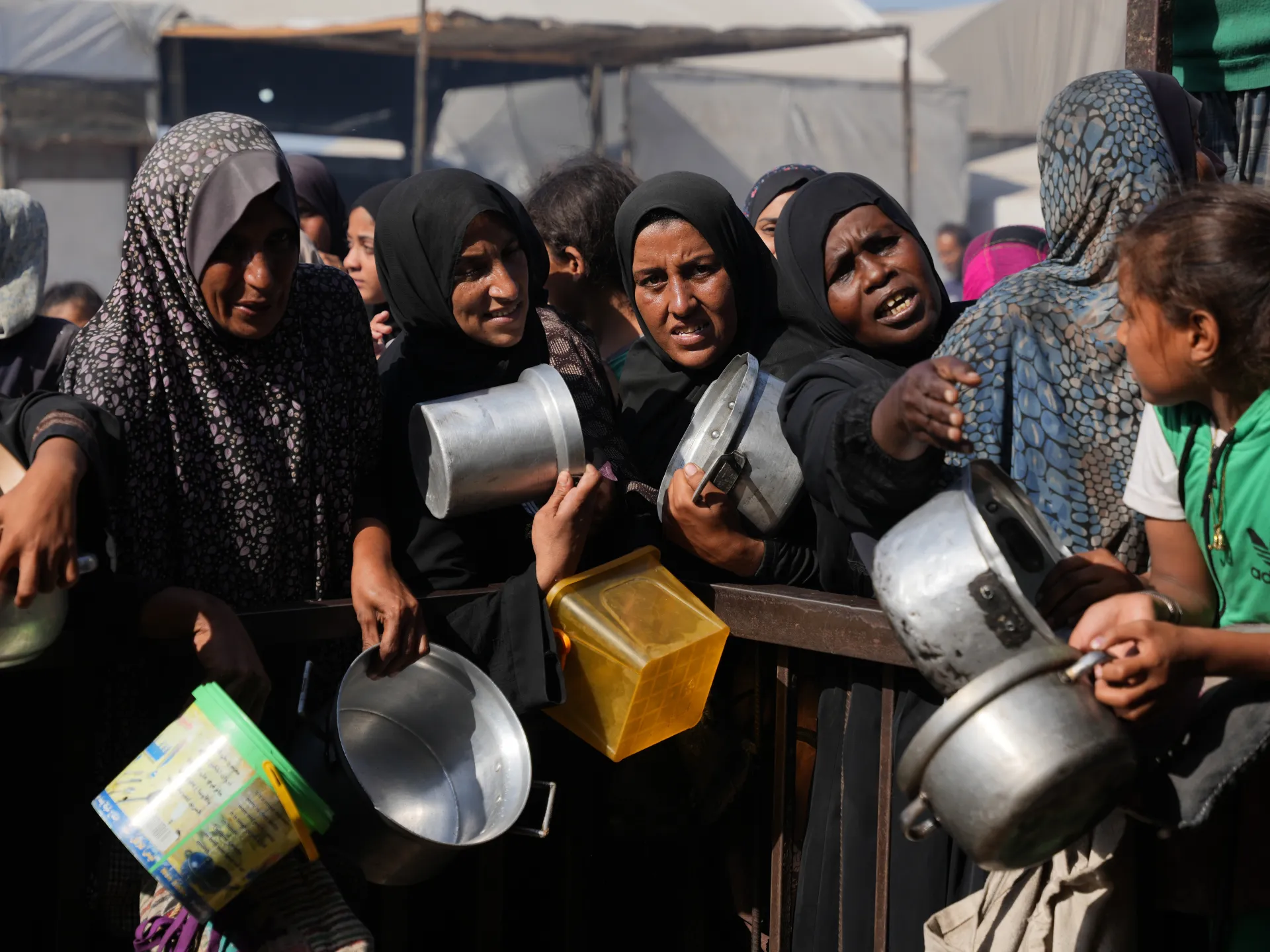This November marks 108 years since the Balfour Declaration, a promise written in London by men who had never walked the soil of Palestine. Authored by Arthur Balfour, the British Foreign Secretary at the time and signed on 2 November 1917, it became the seed of a new state and the undoing of another people. For the Jewish world, it offered recognition after centuries of exile. For Palestinians, it marked the beginning of erasure.
To fully grasp its significance and the controversies surrounding it, it is essential to understand three key concepts that underpin the narrative: Zionism, antisemitism, and Edward Said’s concept of Orientalism. These terms not only illuminate the motivations behind the declaration but also help to elucidate the subsequent century of strife in the region.
Zionism: A Response to Antisemitism in the Quest for a Jewish Homeland
The Balfour Declaration did not emerge from nowhere. It came from fear, exile, and the slow death of faith in Europe’s conscience. In 1882, Leon Pinsker, a Jewish physician, wrote Auto-Emancipation after watching mobs tear through Jewish towns in Russia. Houses burned. Families fled. The pogroms of 1881 ended any illusion that Jews could ever belong in Europe. Pinsker saw what others refused to see: no law, no revolution, no education could protect a people the world had already decided to keep apart.
Safety would come only through self-determination, through land rather than tolerance. A generation later, Theodor Herzl carried that truth into politics through the Dreyfus Affair, when a Jewish French officer was condemned for a crime he did not commit, stripping away Europe’s mask of enlightenment. Even in Paris, the supposed capital of reason, antisemitism ruled the crowd. Watching from Vienna, Herzl understood what Pinsker had already warned: emancipation without equality is another form of captivity. Herzl built what Pinsker imagined. He turned despair into movement, organisation, and speech. Through the Zionist Congresses, he tried to make safety tangible. He pleaded with ministers and kings, searched for land across the globe that could hold both memory and survival. He even wrote to the Ottoman Sultan, Abdul Hamid II, for a homeland in Palestine. He refused.
Still, Herzl kept going. For him, it was not about conquest but about the right to live without permission. By 1917, when Britain issued the Balfour Declaration, Europe’s so-called “Jewish question”, a term used in European discourse to discuss the integration, segregation, or expulsion of Jews, had already revealed the sickness at its core. To Jews, it was a plea for existence. To the imperial powers, it was a strategy, another chance to extend control into the Ottoman world. One side sought a home. The other saw an opportunity. Between them, a promise was made that would change the fate of a land neither side fully understood.
Orientalism and Imperial Hubris
The Balfour Declaration was not only a promise; it was an act of power. Edward Said’s idea of Orientalism helps us see it for what it was, a colonial document disguised as moral duty. Britain spoke of creating a “national home for the Jewish people” in Palestine, yet never paused to ask what that meant for those already living there. In its language, Palestine became an empty space waiting to be claimed, not a land of families, farmers, and memory.
The indigenous Arab population was reduced to a single phrase, “non-Jewish communities,” stripped of name, voice, and history. They were spoken about, not spoken to. It turned people into categories, presence into absence. That is the logic of Orientalism: to see the East not as a living world, but as material to be moulded by Western power and imagination. It is a way of thinking that empties lands of their people and people of their history.
British Strategic Interests and French Complicity
The arrogance that engineered the Balfour Declaration was rooted in Britain’s hunger for power. Behind its moral language lay a simple aim: control. The declaration was issued in the chaos of the First World War, when the British imperial power was fighting not only for victory but for territory. Palestine, with its trade routes and proximity to the Suez Canal, became part of a larger chessboard. The British saw the region not as a motherland for its people but as a prize to be managed.
Diplomacy and Dispossession
The Sykes-Picot treaty had already shown the pattern. Britain and France distributed the Arab world in secret, drawing borders that cut through language and kinship. These lines were not meant to unite but to divide and rule. The Balfour Declaration followed the same logic. It decided the fate of a land without asking its people. In London, it was called diplomacy. In Palestine, it became dispossession. For European Jews, it brought a fragile hope after generations of fear. They saw it as recognition, a long-awaited right to safety and belonging. For Palestinians, the same words felt like a sentence. Their land was discussed in foreign rooms, their future sealed in other people’s languages. What gave one people deliverance took away another’s birthplace. From that moment came a century of struggle. Two people, bound to the same soil, were caught in a story written by the colonial power.
Empire’s Shadow
The promise made to the Zionists through the Balfour Declaration exposed a truth that the imperial power could never admit. Western powers spoke of liberty while deciding who was human enough to deserve it. Their idea of freedom had borders. Beyond Europe, it turned into permission: granted, withdrawn, and traded according to interest. In that imagination, Palestine was stripped of its reality. It ceased to be a land of people and became a metaphor, a stage on which Europe could perform its moral ambitions. The men who wrote the declaration did not see villages, harvests, or prayer calls at dawn. They saw space, something to be promised, parcelled, and redeemed through the colonial idea of moral duty. The Balfour Declaration was more than policy. It was philosophy turned into power, the belief that history could be rewritten without the consent of those who lived it.
The Paradox of Liberation
The result was a century of grief, exile, and resistance that still shapes the region’s every breath. Theodor Herzl’s dream began in anguish. He wanted a shelter for Jews who had none, safety after centuries of persecution. His longing was human and urgent. But like many who lived under colonial rule, he saw the world through its gaze. In The Jewish State, Herzl wrote of building a homeland that would stand as a frontier of civilisation in what he saw as a backward East. This idea mirrored the Orientalist belief that the East was lesser, waiting to be corrected by the West. Herzl used that language to win Europe’s approval, presenting Zionism as a cause aligned with the imperial project. It revealed a deeper paradox: a movement born from the search for safety, adopting the very logic that had long denied it to others. The legacy of that choice lives on. Liberation cannot grow from someone else’s domination, and no people can find peace by inheriting the instruments of colonial power.
Revisiting Said’s Themes
Edward Said’s ideas on Orientalism help reveal what lay beneath the Balfour Declaration. He showed how the colonial system justified itself by turning the East into an object of control, stripping people of voice and history so that their land could be claimed in the name of development. The declaration was one such act. It spoke the language of promise but was written in the logic of empire. Palestine and its people disappeared behind the visions of those who believed they understood the region better than those who lived in it. Through that document, Britain set two peoples on a path of collision. What began as a political statement became a century of exile, fear, and mistrust. For Palestinians, the realisation of Balfour’s promise led to the Nakba of 1948, when hundreds of thousands were driven from their homes, their lives suspended between memory and survival. That wound never closed. Today’s war in Gaza is not separate from that history. It is its continuation.
Conclusion
The legacy of the Balfour Declaration shows how imperial power reshapes entire worlds. It reminds us how Western ambitions, guided by power and wrapped in Orientalist myths about “the East,” can alter the fate of nations for generations. To confront what followed, one must begin with understanding, not slogans. Real peace requires more than diplomacy; it needs a philosophical honesty about history itself. The prejudices that shaped a century of Western policy, the habit of deciding for others, of seeing one people’s freedom as another’s threat, must be broken
Peace will only come when we step out of Balfour’s shadow. Each home destroyed leaves its trace; each life taken leaves a silence that others now carry. The wound belongs to both. Peace is not a ceremony. It is a choice made in the smallest moments: to see, to stay, to listen. When that choice is shared, the land may grow still. Not with conquest, but with recognition.
